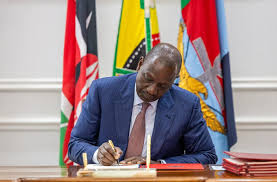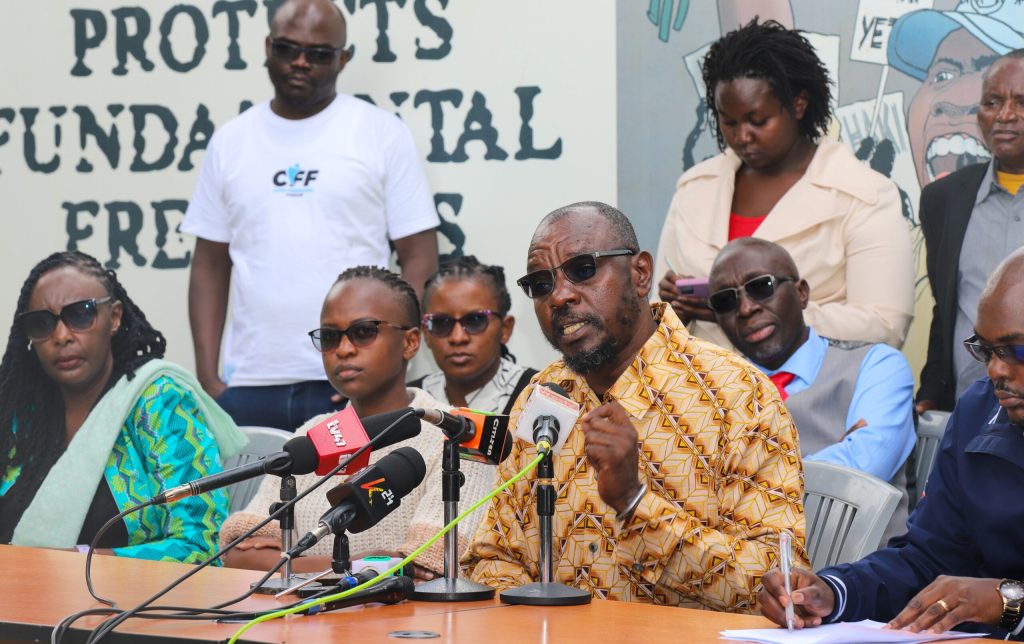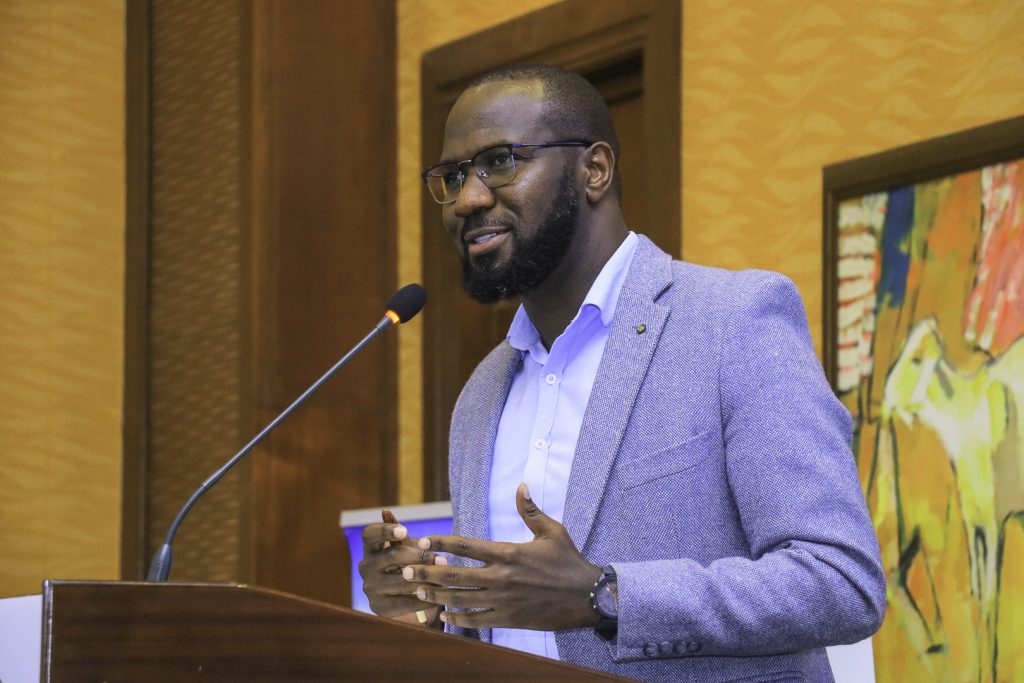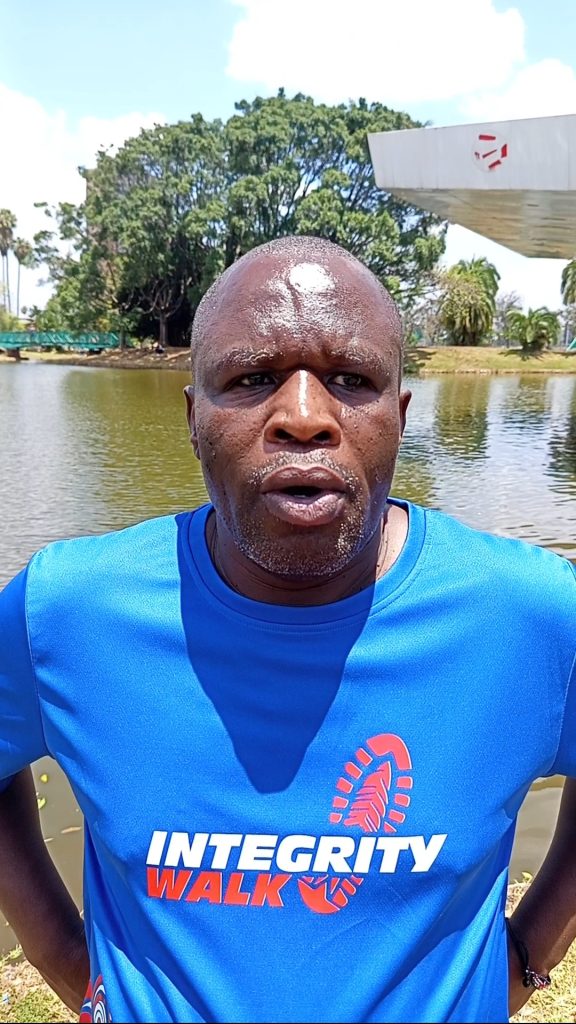By Wahome Ngatia
Non-profit strategy is in an era of higher stakes and tighter margins. Donors are reprioritizing, domestic resources are squeezed, and the pace of technological and climate change is accelerating. To survive — and to deliver the social change you were founded to achieve — your strategic plan must be both visionary and ruthlessly practical. Below is a point-by-point playbook you can use in boardrooms and staff retreats today.
1. Start with a single, unambiguous North Star
A strategic plan must open with a crisp statement of change: who, by when, and how you will be different. Avoid platitudes. Translate your mission into one measurable end-state (for example: “By 2030 we will reduce school dropout rates by 40% in X county through community-led retention programs”). This becomes the lens for every decision that follows.
2. Be brutally honest with your diagnostic — use data, not hope
Don’t guess at the environment: map it. Run a PESTLE (political, economic, social, technological, legal, environmental) and a capability audit. This year’s reality: global official development assistance (ODA) is facing downward pressure — after growth in 2023, some reporting shows a notable decline in 2024. Plan for constrained public funding and shifting donor priorities.
Action: commission a short “funding heat map” that shows current and probable revenue by source over five years. Use it to stress-test strategic ambitions.
3. Build 3–5 razor-sharp strategic pillars — not 20 “nice to haves”
Choose a small set of priorities that exploit your unique strengths. Each pillar must have:
• a clear outcome;
• two to three signature initiatives; and
• a measurable 3- and 5-year KPI.
Why fewer pillars? Dilution kills impact. A tight focus draws donors, simplifies operations, and concentrates learning.
4. Translate ambition into a defensible Theory of Change
Your Theory of Change (ToC) is the logic model that explains how your activities create outcomes. Make the assumptions explicit and measurable — then test them. Don’t keep the ToC in a deck. Embed it into program budgets, donor proposals, and performance reviews.
Practical step: run a rapid “ToC stress test” with field staff and two beneficiary groups to surface hidden assumptions.
5. Diversify revenue — and be realistic about what that requires
The era of easy grants is over. Large INGOs have reported income volatility and shifts in donor behavior; multilateral and bilateral flows are being reshaped by geopolitics and humanitarian emergencies.
Actions to take now:
• Map income by type and donor risk; set a hard ceiling for single-donor concentration.
• Build at least two alternative revenue streams (earned income, local philanthropy, contracts).
• Invest in a compact business case for each new revenue stream; don’t assume programs will cross-subsidize themselves.
6. Make organizational health a strategic pillar
Most boards treat governance and HR as compliance topics. Make them strategic. Include talent pipelines, succession plans, digital capability, and well-being metrics in the plan. If your strategy requires digital data collection, allocate the budget for systems and training — technology without capacity is waste.
The World Economic Forum and other global platforms warn that core skills are shifting rapidly; NGOs must invest in reskilling to remain operationally relevant.
7. Design a practical Monitoring, Evaluation, Accountability and Learning (MEAL) system
A strategic plan is only as good as what you learn from it. Build a MEAL system that:
• Tracks a small set of outcome indicators tied to your ToC;
• Requires quarterly learning reviews (not just annual reporting);
• Uses mixed methods — qualitative stories + quantitative measures — to surface why things worked or failed.
Tip: shift even 5–8% of program budgets into adaptive learning and iterative redesign.
8. Embrace scenario planning — prepare for three plausible futures
When budgets and geopolitics are volatile, plan for scenarios: baseline (status quo), downside (funding contraction), and upside (new major partnership). For each scenario, predefine the trigger, the top three operational responses, and a contingency financing plan.
Why this works: it turns strategy from a static statement into an operational playbook
9. Institutionalize partnership and localization
Bigger NGOs are increasingly moving to partnership models and local leadership. This is not a moral trend only; it’s strategic — local partners often deliver faster, cheaper, and more sustainably. But partnerships must be strategic (shared outcomes, joint budgets, clear governance), not simply subcontracting. Invest in partner capacity building while protecting your brand and standards.
10. Keep governance tight — board as strategic steward
Boards should shift from micro-management to stewardship. Demand a five-year rolling risk register, quarterly scorecards tied to KPIs, and biannual strategic deep dives. Board committees should mirror strategic pillars (e.g., program quality, finance & sustainability, risk & compliance) and be accountable for outcomes.
11. Communicate the plan internally and externally — repeatedly
A strategic plan that lives in a PDF is worthless. Transform it into:
• a one-page “strategy map” for every staff member;
• a donor brief with clear funding asks for each pillar;
• a public narrative explaining how your work will shift outcomes.
Practical format: an internal dashboard with 6–8 KPIs that updates quarterly and drives meeting agendas.
12. Budget the plan — and scorecard the budget
Translate strategic priorities into multi-year budgets and cashflow. Scenario test each pillar against worst-case funding. Require that every major initiative has a break-even and an exit strategy: what happens if funding falls short and how will services be maintained?
13. Avoid three lethal loopholes
- Donor-driven mission drift. Always map donor requests back to your ToC.
- Consultant-owned strategy. Use consultants to facilitate, not own, the process. The plan must be adopted by staff and board.
- Plan as poster. Avoid creating an aspirational document with no implementation backbone. Tie strategy to annual operating plans and staff KPIs.
14. Make the plan a living document — institutionalize reviews
Set a governance rhythm: monthly operational dashboards, quarterly strategic reports to the board, and a mid-term strategic review at year 3. Embed adaptive funding to pivot initiatives that aren’t delivering.
Use strategy as disciplined courage
A powerful NGO strategy is not a wish list. It is disciplined courage: the courage to say what you will not do, the discipline to measure what matters, and the humility to change course when evidence demands. Build fewer, bolder priorities; back them with defensible funding plans and a culture of learning; and make governance the engine that keeps the work honest.
The world is changing fast — donors shift, technologies reshape delivery, and needs evolve. But organizations that plan with data, think in scenarios, and budget for resilience will not only survive disruption; they will set the terms of the conversation about social change.











